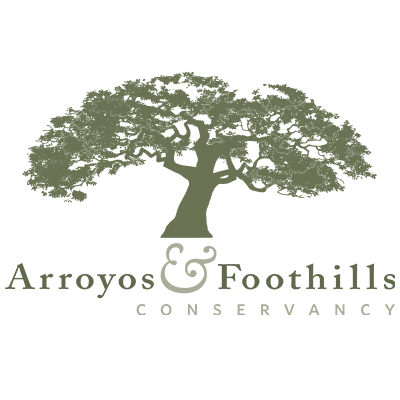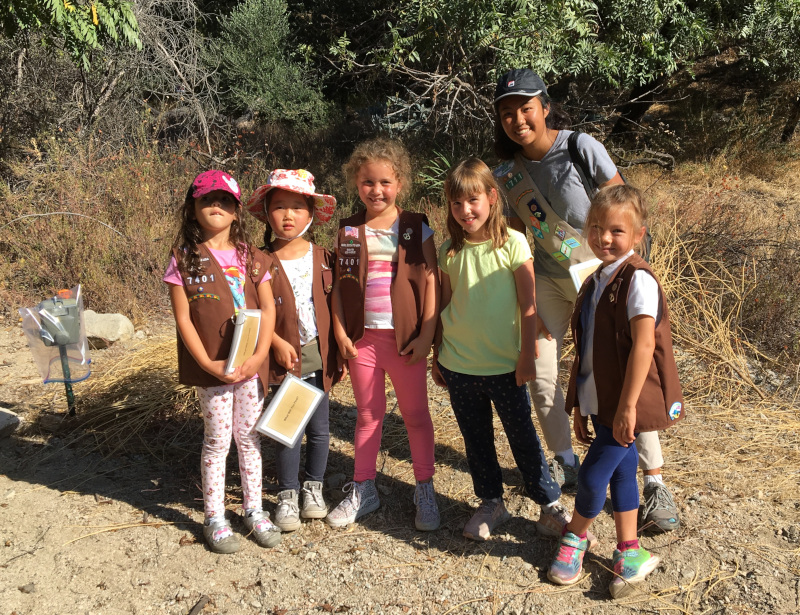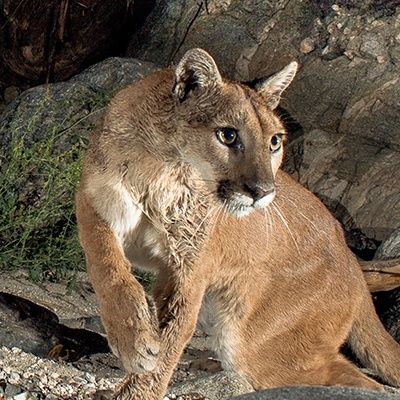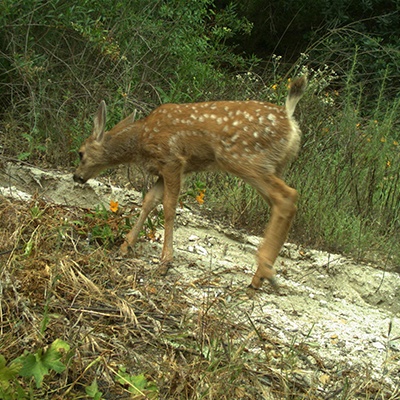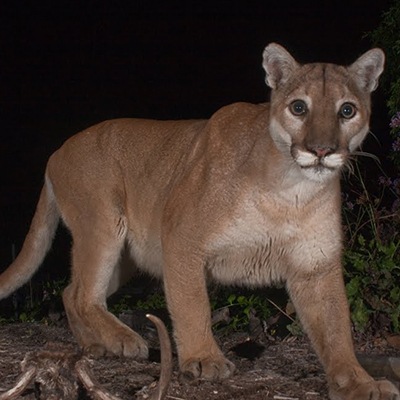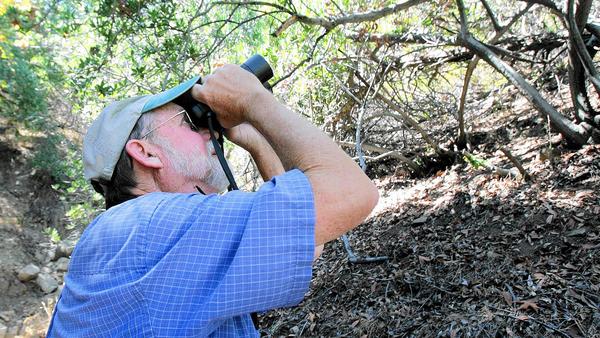Community Scientists
We are all partners in the community of this big beautiful globe we call earth. It’s our home! Part of AFC’s mission is to nurture the next generation of land stewards in Southern California. To that end, AFC encourages public participation in all the scientific research we do. We partner with community scientists to identify habitat and wildlife, investigate possible routes for wildlife passage and conduct community education and outreach. To get involved, contact Auxenia Grace Privett-Mendoza, [email protected].
Take a look at some of the community scientists doing important work for AFC.

Mickey Long
Retired Biologist, Wildlife Photographer & Birder
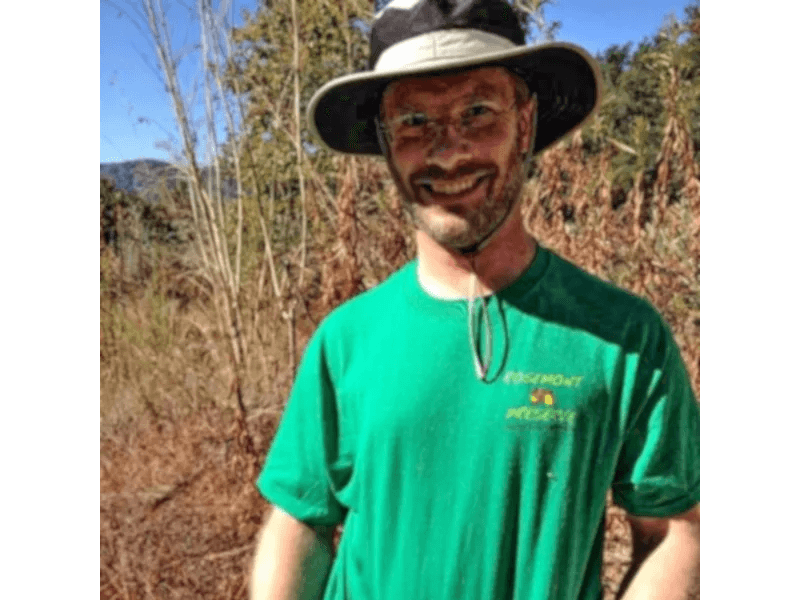
Roger Klemm
Guerilla Gardener
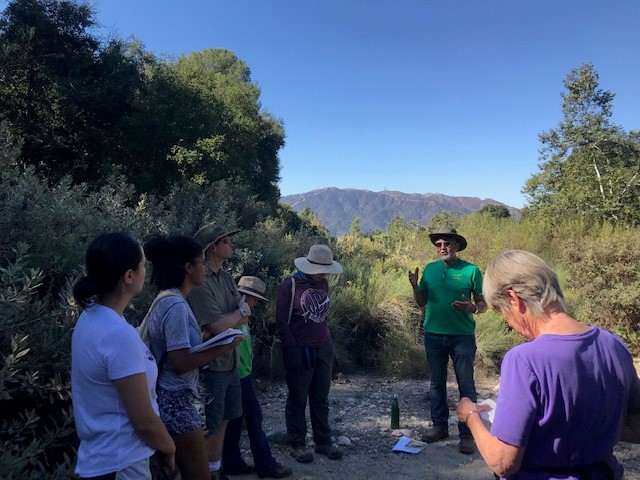
Rich Toyon
14th Generation Native Californian
Conservation Historian & Activist
To learn more about how to become a Community Scientist, volunteer with AFC here, and check out these websites:
What is iNaturalist and why should I care?
It’s a data base, online and free to all. You enter a photo of any living thing and within a few seconds the iNaturalist algorithms suggest an identification, based on its memory banks of shapes, color patterns and all, worldwide. Once you’ve entered a photo, with the date and location (automatically entered if you use a smart phone) many experts can see it and either confirm your name or correct it. After it’s agreed upon by two or more, including you, your sighting becomes “Research Grade” and can be better used by others. Many serious scientists and researchers are using iNaturalist to study geographic distribution, phenology (when is something active or blooming), abundance, nectar and food plants for insects, and many other factors.
As of this writing (late July 2020) over 1.2 million people have recorded 44.5 million observations of 287,566 species worldwide. This is getting serious and more helpful every day. Find out if your neighbor has dandelions in his lawn. OK you don’t need this for that; but if you want to explore all the living things in your area and create your own illustrated nature journal this is a great place for you. iNaturalist will instantly track and sort your sightings into taxonomic listings and keep a count for you. After a while you can find out you’ve seen 52 plant species or filter out just those in a given family. All your reptiles, or butterflies, or mammals can be displayed separately, and you can search maps for a place to find something you’ve never seen. Projects have been set up for locations to automatically pull everyone’s sightings together and build an inventory of biodiversity for the site. The Arroyos & Foothills Conservancy has a project going for Rosemont and Rubio Canyon Preserves. Give it a try and create your own “library of living things”.

